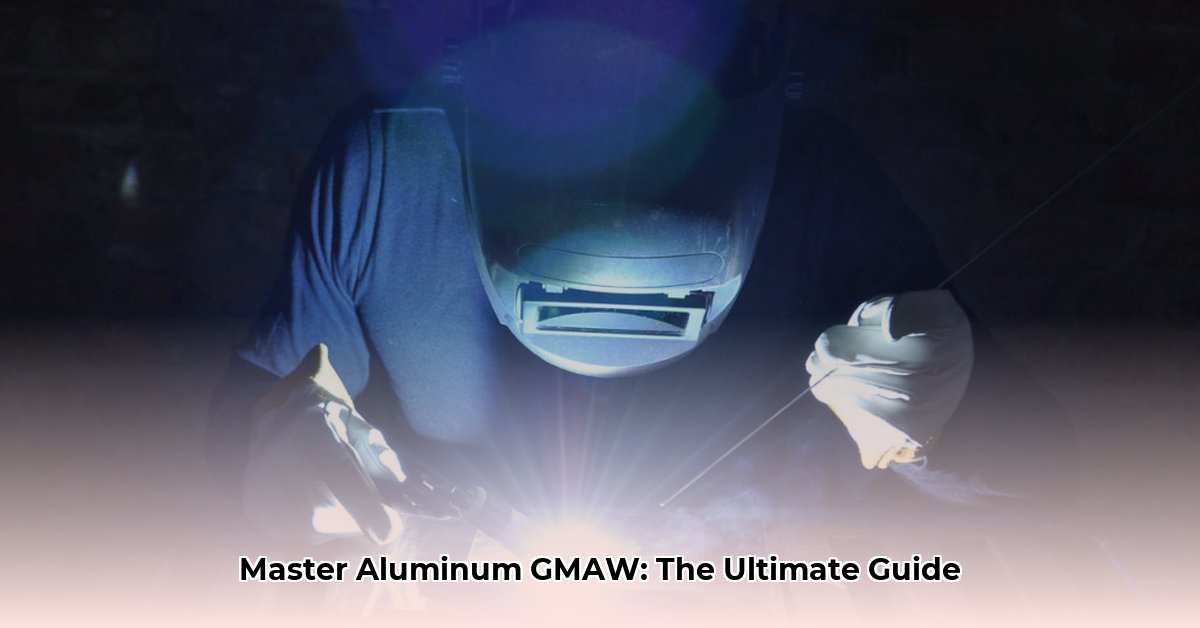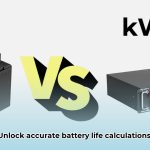Understanding GMAW for Aluminum
Gas Metal Arc Welding (GMAW), commonly known as MIG (Metal Inert Gas) welding, is a highly effective method for welding aluminum. This guide provides a comprehensive overview of the process, from equipment setup and surface preparation to troubleshooting and advanced techniques.
Setting Up Your Equipment
Before you begin, ensure you have the correct equipment:
- Power Source: A constant voltage (CV) GMAW machine designed for aluminum is essential. Inverter-based machines offer superior arc stability and portability. Consider features like AC balance control (for TIG/MIG multi-process machines) and pulse capabilities for enhanced control. The machine’s amperage capacity should match the thickness of the aluminum you’ll be welding.
- Wire Feeder: This component delivers the filler wire smoothly. A dedicated aluminum wire feeder with a U-groove drive roll and a Teflon liner is crucial to prevent the soft aluminum wire from binding. Push-pull systems are especially beneficial for longer runs or when using smaller diameter wires.
- Shielding Gas: Argon, or an argon/helium mix, is essential for protecting the weld from atmospheric contamination. Pure argon is typically used for thinner aluminum, while helium blends offer increased heat input and penetration for thicker materials. Gas purity is paramount; always use high-grade shielding gas.
- Wire: Select the proper filler wire based on the base metal. Common choices include ER4043 and ER5356, each with specific properties. Consult a welding guide or the wire manufacturer’s data sheet for recommendations.
- Gun and Liner: A dedicated MIG gun with a Teflon liner is essential for smooth wire feeding. Spool guns offer an alternative, providing a shorter wire path and minimizing feeding issues, particularly with softer aluminum wires.
Preparing the Aluminum Surface
Cleanliness is paramount. Follow these steps:
- Degreasing: Remove oils and grease with a solvent specifically designed for aluminum.
- Mechanical Cleaning: Use a dedicated stainless-steel wire brush (never a regular steel brush) to remove the oxide layer.
- Final Wipe: Just before welding, wipe the surface with a clean cloth and acetone or alcohol for a pristine welding surface.
Welding Parameters: Finding the Sweet Spot
Welding parameters depend on several factors, most notably the aluminum’s thickness and alloy. Consult welding guides, manufacturer recommendations, or online resources like WeldingTipsandTricks.com for suggested starting points. Remember these are guidelines, and adjustments may be necessary based on your specific setup and observations during welding.
Here’s a general starting point for common thicknesses and wire diameters when using 100% Argon shielding gas:
| Aluminum Thickness (in) | Wire Diameter (in) | Voltage (V) | Wire Feed Speed (ipm) | Gas Flow Rate (CFH) |
|---|---|---|---|---|
| 1/16 | 0.030 | 18-20 | 200-300 | 20-25 |
| 1/8 | 0.035 | 20-22 | 250-350 | 25-30 |
| 3/16 | 0.045 | 22-24 | 300-400 | 30-35 |
For thicker aluminum or when using an argon/helium mix, higher wire feed speeds and gas flow rates will likely be necessary.
Welding Technique
- Push Angle (Forehand): Angle the gun 10-15 degrees forward, pushing the weld pool ahead of the arc.
- Travel Speed: Maintain a consistent speed. Too slow can lead to burn-through, while too fast can result in poor penetration.
- Gun Distance: Keep a consistent distance between the gun nozzle and the workpiece for a stable arc.
Troubleshooting
| Problem | Possible Causes | Solutions |
|---|---|---|
| Porosity | Surface contamination, insufficient shielding gas, incorrect gas mixture. | Thoroughly clean the base metal, increase gas flow, verify gas mixture, consider preheating. |
| Burn-Through | Excessive heat input, slow travel speed. | Reduce voltage or amperage, increase travel speed. |
| Lack of Fusion | Insufficient heat input, improper technique, surface contamination. | Increase voltage or amperage, slow travel speed, improve cleaning methods, check wire type. |
Safety Precautions
- Ventilation: Ensure adequate ventilation to remove welding fumes.
- Eye Protection: Always wear a welding helmet with the correct shade level.
- Protective Clothing: Wear heavy-duty gloves, a welding jacket, and closed-toe shoes.
Advanced Techniques
- Pulsed MIG: Provides precise heat control, ideal for thin aluminum or welding out-of-position. Research suggests pulsed MIG can reduce spatter and improve weld quality.
- Alloy Considerations: Different aluminum alloys have unique properties that require specific welding parameters and techniques. Refer to resources like the American Welding Society (AWS) for more information: AWS
- Preheating: For thicker materials or certain alloys, preheating can improve weld quality and reduce the risk of cracking.
Conclusion
GMAW is a versatile and efficient process for welding aluminum. By following the guidelines in this guide and practicing proper technique, you can achieve professional-quality welds. Continuous learning and experimentation are key to mastering this welding process. For further resources and information, consult the AWS website or reputable equipment manufacturers like Miller or Lincoln Electric: Miller and Lincoln Electric.
- How Did Charles F. Brush Discover Wind Energy Tech? - November 19, 2025
- Wind Energy Vertical: Weighing the Pros and Cons of Wind Power - November 16, 2025
- How Much Energy Does a Wind Turbine Actually Create? - November 14, 2025
















